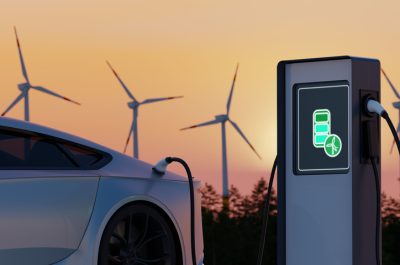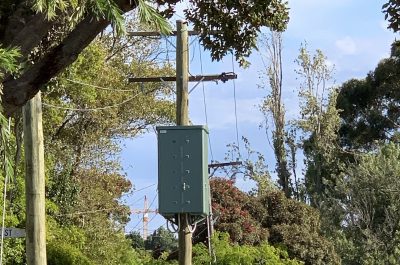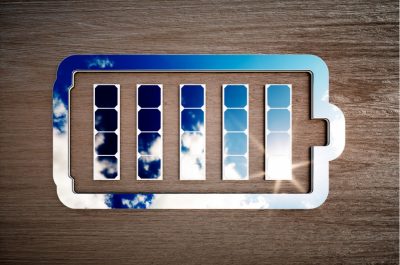Look west: a brighter future for late afternoon sun
Western Australia (WA) has a new solar buyback scheme that will offer variable payments for energy export to customers with solar, batteries and electric vehicles.
This scheme extends the existing system, which applies just to rooftop solar. It increases payments during the 3 pm to 9 pm peak period to encourage electricity export when the system needs the extra help.
The WA Government has exercised its ability to tweak its energy regulation to address the growing solar crunch.
This agile response is an important step to help address the impact on the grid from the rapid uptake of rooftop solar across the Horizon Power and Western Power networks.
What is DEBS?
In late August 2020, the WA Energy Minister announced a new Distributed Energy Buyback Scheme (DEBS) to replace existing solar export tariffs.
The DEBS introduces new payments for customers who export energy from batteries and electric vehicles in recognition of the valuable support these distributed energy devices can provide to the grid during peak periods.
The scheme will cover both Synergy (on the Western Power network) and Horizon Power.
The current Renewable Energy Buyback Scheme (REBS) offers a flat feed-in tariff for residential customers of 7.1350 c/kWh. The actual price customers receive back varies depending on retailer deals and also additional government solar subsidies.
The new DEBS will mean customers exporting between 3 pm to 9 pm will receive 10 c/kWH and 3 c/kWh for all other times. The new pricing is more reflective of the true cost of electricity at different times of the day.
| Price for household solar exports: | 3 pm to 9 pm | All other times |
|---|---|---|
| Renewable Energy Buyback Scheme (REBS) | 7.1350 c/kWh | 7.1350 c/kWh |
| Distributed Energy Buyback Scheme (DEBS) | 10 c/kWh | 3 c/kWh |
Table 1: Comparison of REBS (current) and DEBS (new) solar buyback schemes in WA.
Who else is doing this?
In South Australia (SA), a system with similar intent has been introduced.
Known as the ‘solar sponge’, the SA Power Networks (SAPN) scheme sets a significantly lower network charge from 10 am to 3 pm each day. The timing is to coincide with high solar output and low demand.
The SA scheme aims to shift consumption, encouraging customers to use electricity during this period to soak up excess rooftop solar generation. This shift helps flatten the demand curve, making the system more efficient.

Table 2: SAPN Solar Sponge Tariff (Source: SAPN AER Submission)
Why the need for change?
At certain times of the day, we have too much solar generating electricity into the grid and not enough people using it.
These electrons need to go somewhere; they need to be stored or used. If not, this excess generation can lead to system instability and even blackouts.
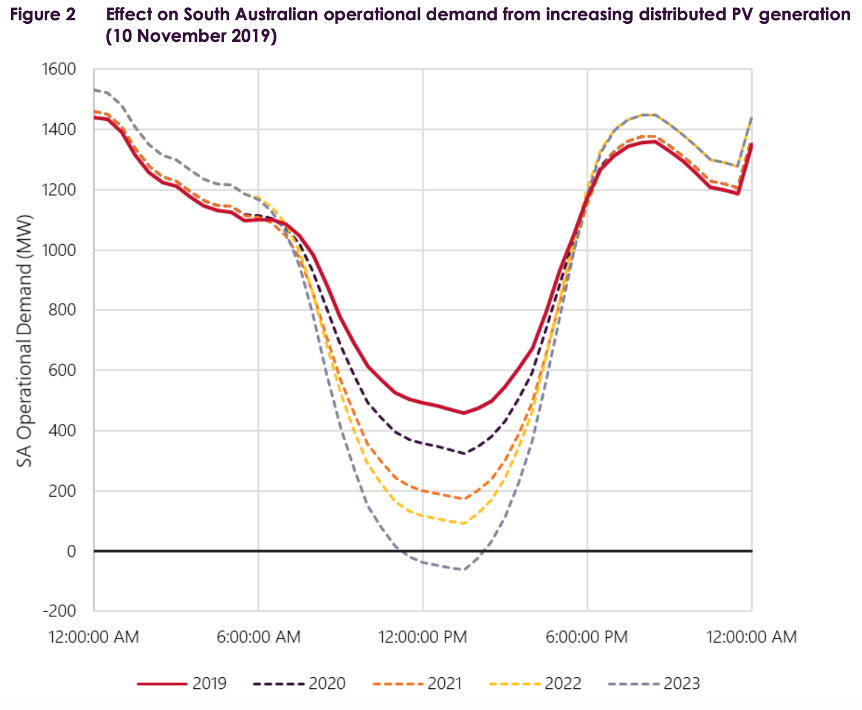
Figure 1: Effect on SA operational demand (Source: AEMO)
Storage projects, such as batteries and pumped hydro, are behind in deployment compared with solar, meaning we don’t have enough capacity to both store and stabilise our solar generation.
Australia has about 10 GW of household solar generation compared with just 1 GW of household batteries.
Previously, synchronous generators, such as coal, provided the bulk of Australia’s energy needs. As coal is phased out, and increasingly replaced by intermittent renewable generation, we will need not only new firming generation for when wind and solar aren’t producing power but new market systems and pricing regimes.
What we can do
One option is to build more batteries to store excess solar generation.
While storage will play an important role, there is a lot we can do to more efficiently use existing assets.
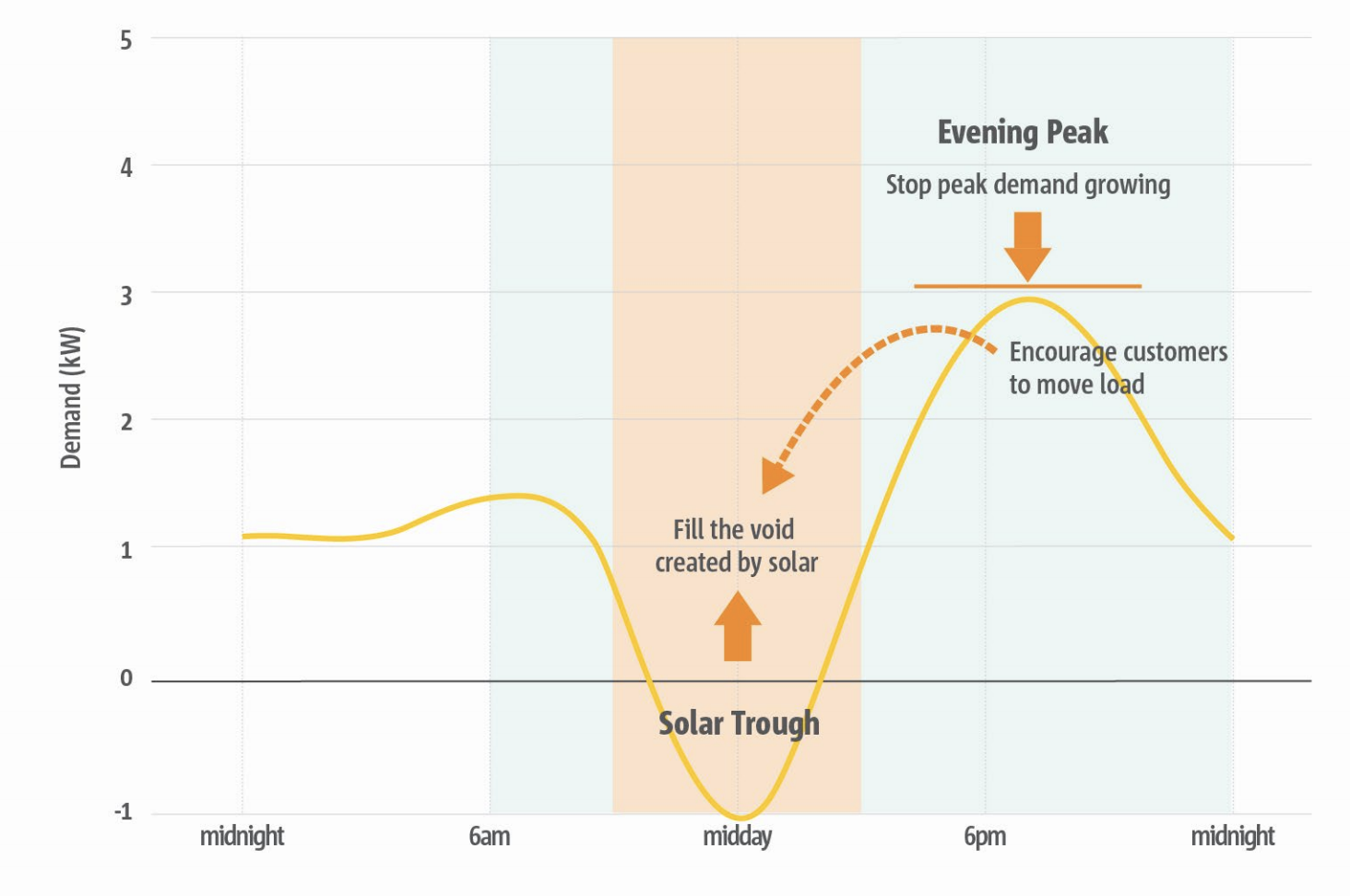
Figure 2: Network peak load curve for a day (Source: SAPN AER Submission)
We previously wrote about how merely changing the time of day we use electricity can have a significant impact on battery efficiency. DEBS creates pricing signals to do just this by encouraging customer with solar to consume the electricity they generate when the sale price is low and export to help the wider grid when prices are high.
If you have solar, turn your pool pump on, do the laundry, run your dishwasher, cool or heat your home and charge you battery from sunrise to 3 pm. Your electricity is less valuable to the grid at these times.
After 3 pm, your grid needs you! Please lend a hand. Now’s the time to hang the clothes on the line, go for a walk and export your electricity at a premium.
The big picture
In the short term, a system like DEBS or the ‘solar sponge’ can help you get a greater return from your household solar investments.
In the long term, you’ll benefit from lower bills as networks avoid unnecessary upgrades, which would ultimately be paid for by customers.
If changes like this succeed, they also reduce the risk of solar systems being shut off to keep the system stable.
The reality is that if this problem goes unchecked, adding more solar could mean more solar gets shut off to protect the system. We need to avoid this.
What networks want, along with most of the industry, is to maximise the amount of clean energy that customers can produce and use.
Customers embracing solar PV is a good thing, and networks are working to support the uptake.
Smart policies like WA’s DEBS and SA’s solar sponge will mean more solar generation can be efficiently integrated into our power grids.
